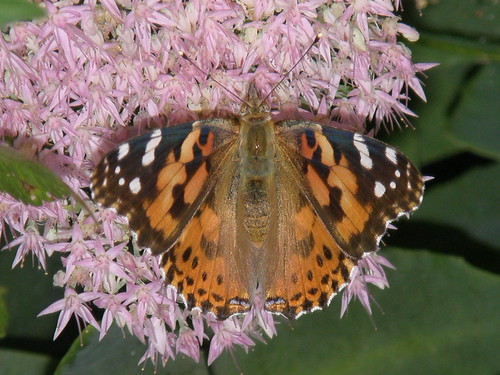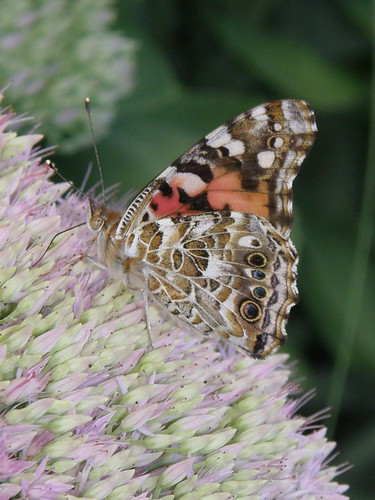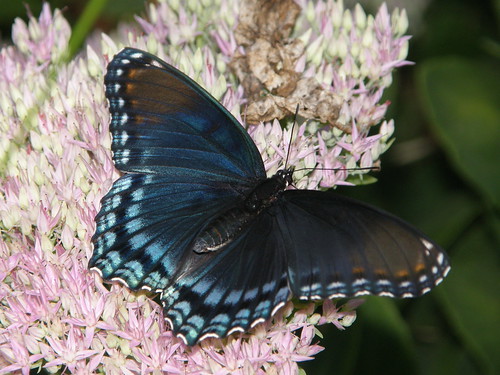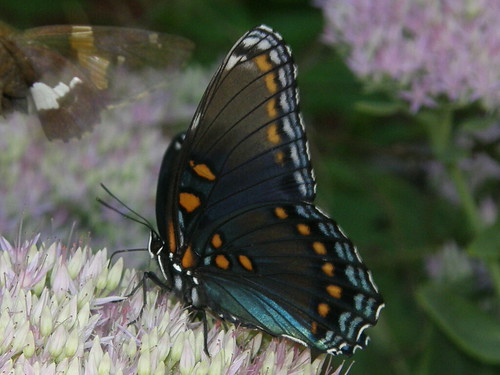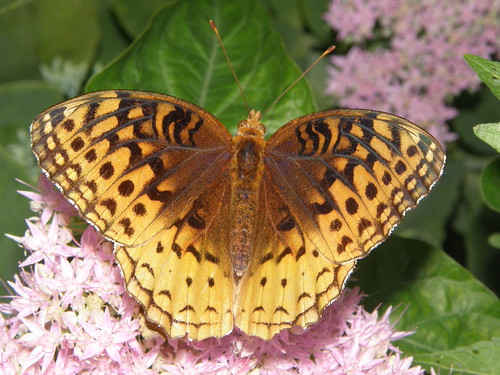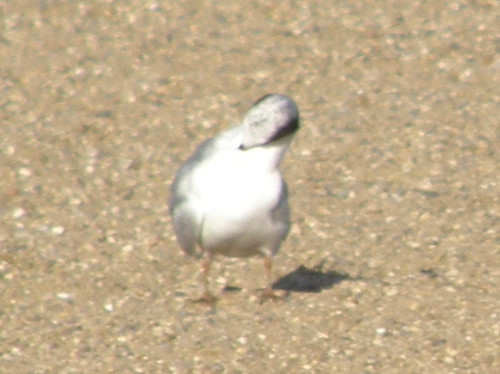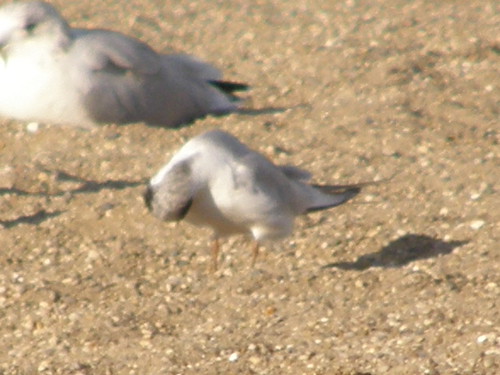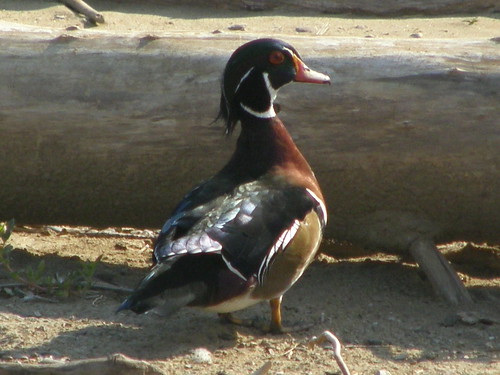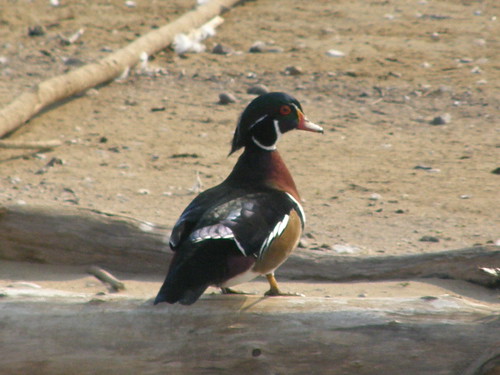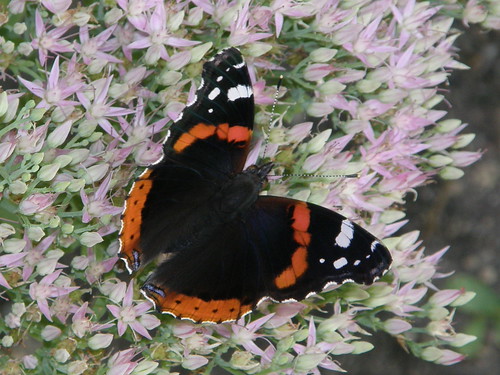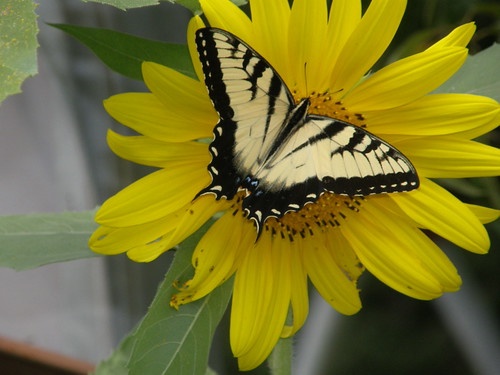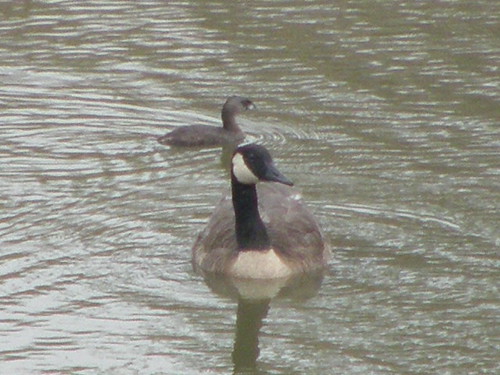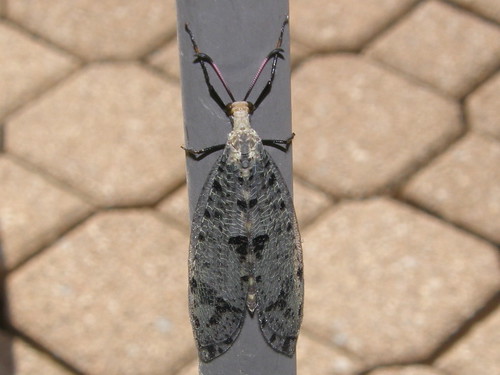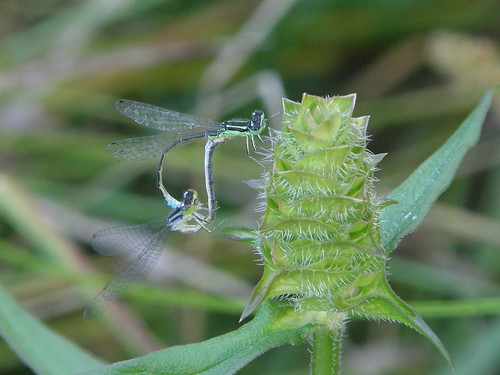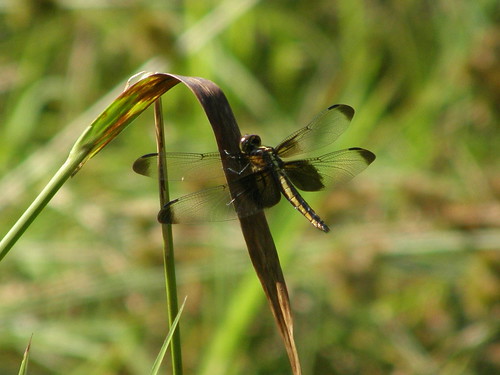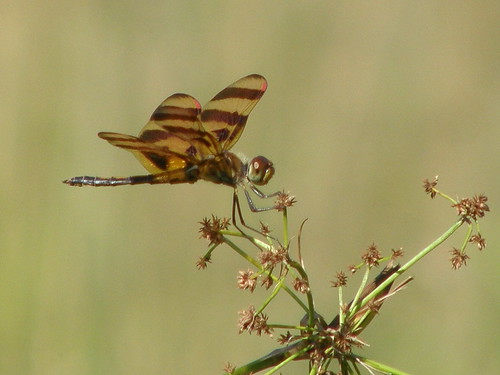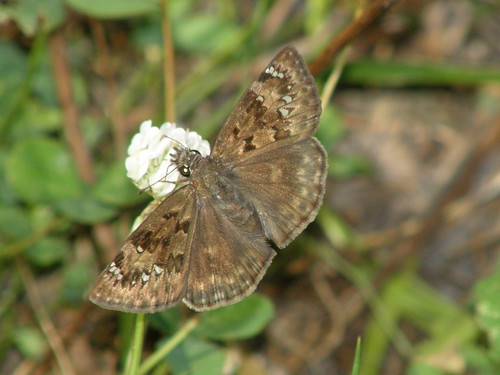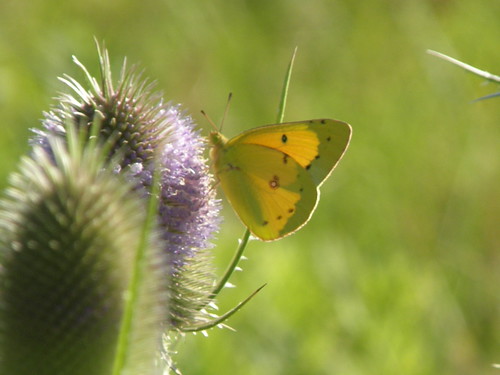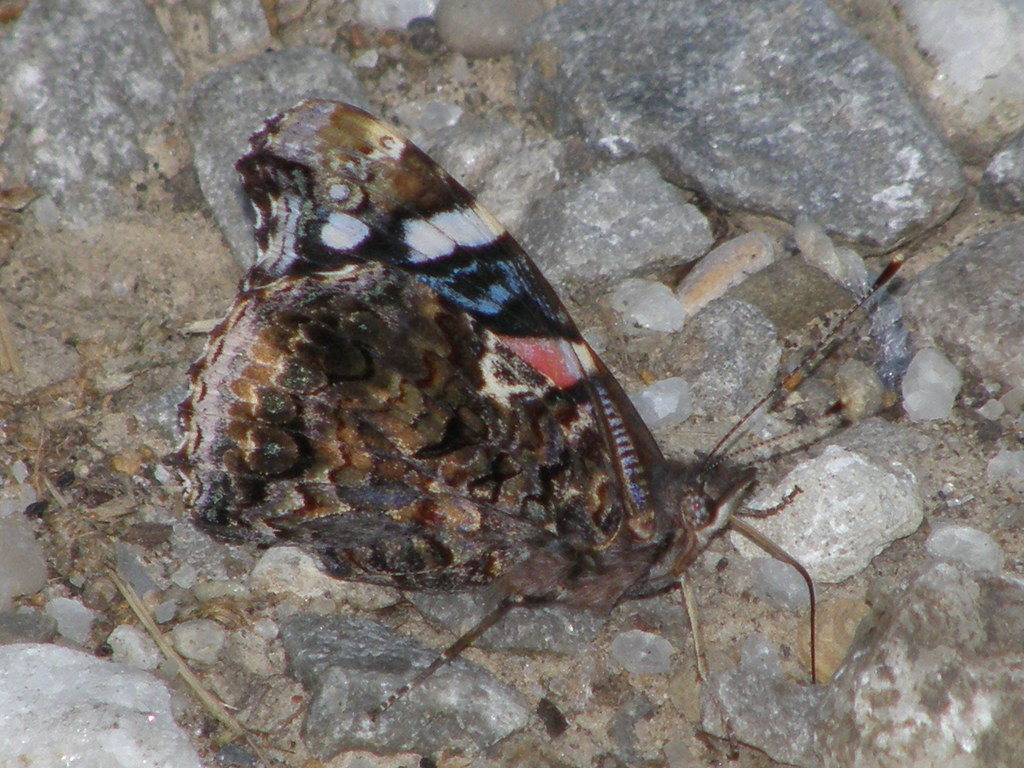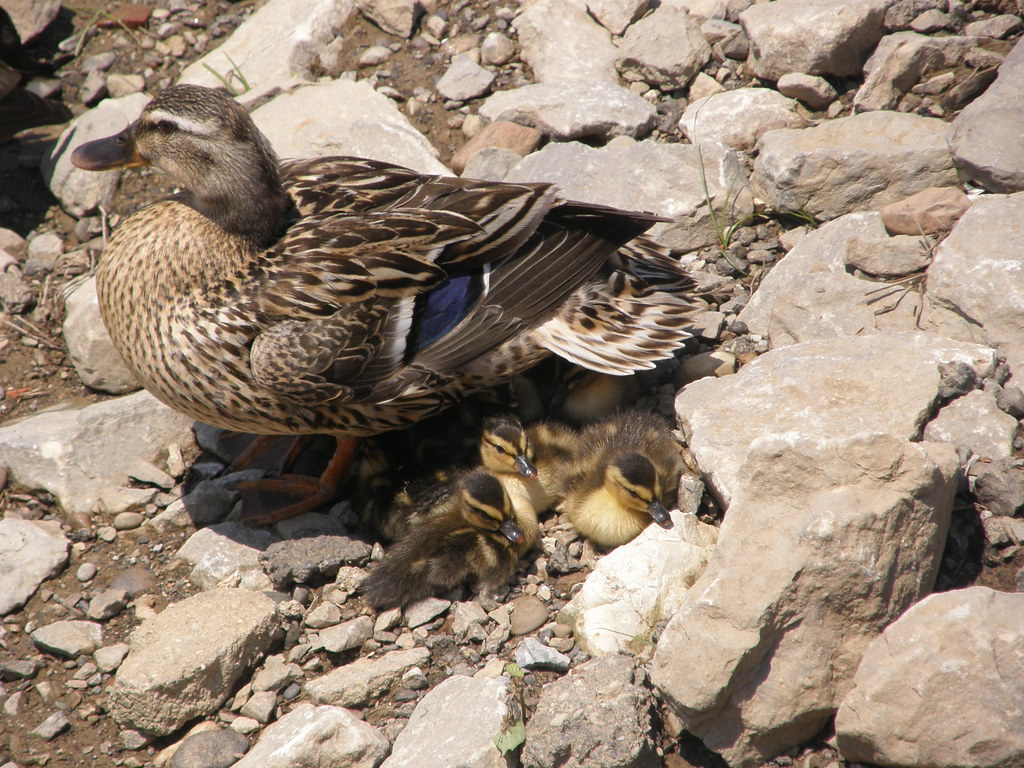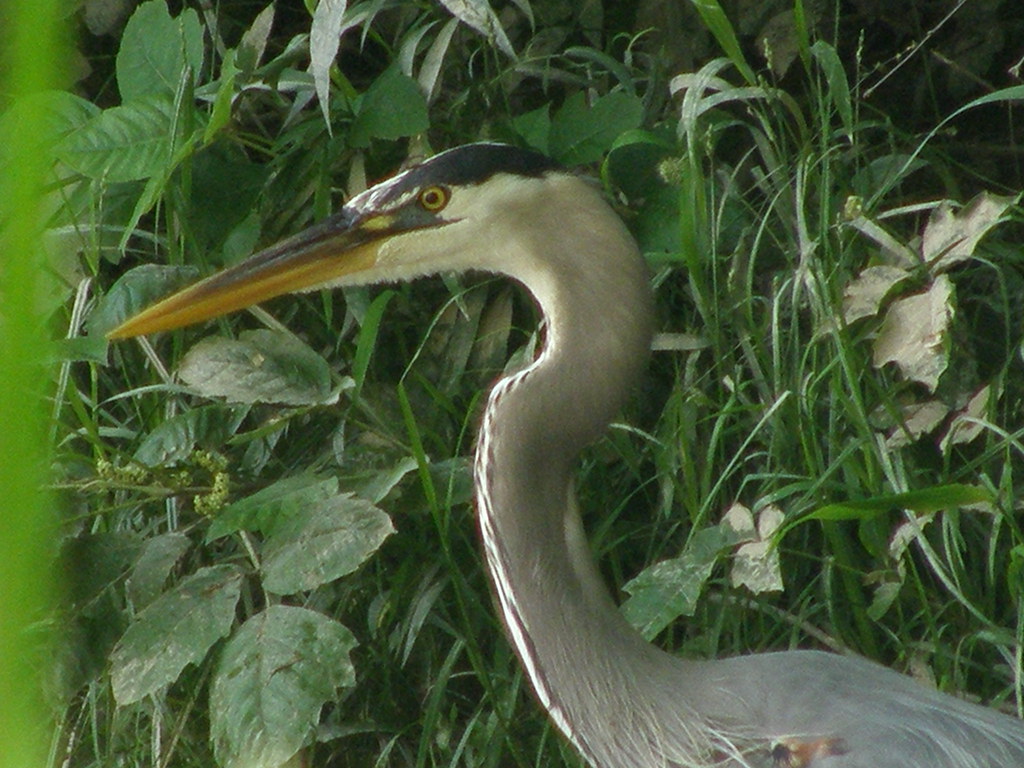When I first heard that there was a new book coming out about nightjars, I immediately became excited. Ever since I seen my first
Common Nighthawk at age 11, I have been fascinated by the nightjars. So when I got an email from the publisher's publicity department that I could receive a review copy of
Nightjars, Potoos, Frogmouths, Oilbird, and Owlet-nightjars of the World by Nigel Cleere, I quickly jumped on it. And I am glad I did, as I love this book!
Princeton University Press's
Nightjars of the World is a hard cover book that covers all 135 species of nightjar. It is set up on the order of a field guide, complete with range maps and biology for every species. However, due to its size and the fact that it covers every species of nightjar in the world, it would be better used as a home reference rather than a field guide in my opinion.
The wonderful color photos (over 580!) no doubt make this book. Every species is photographically represented, including some for which there is no known photos of the birds in the wild. In this case, high quality photos of museum skins are used.
This book will give many the opportunity to learn about species that they would not have known even existed previously. For example, I was blown away when I saw the photo of the awesomely cool wings of the Pennant-winged Nightjar. They look like they have streamers at the end of their wings when in flight. Another cool nightjar, the Swallow-tailed Nightjar of South America has a 16-21 inch swallow tail. There are many more cool looking birds in this book that you will want to learn about!
I also like the fact that this book covers the biology and natural history of the Caprimulgiformes (nightjars) in a way that birders will be able to understand and ornithologists will be able to appreciate. The book points out that there is still a lot of unknowns when it comes to the biology of many of the Caprimulgiformes. This book will inspire many, professionals and birders alike, to want to learn more about this mysteriously cool group of birds.
This is the kind of book that can turn someone with any interest in birds into a full fledged birder. Every birder with a passion for nightjars will want to add this book to their library. A definite must have for the amateur ornithologist.
Nigel Cleere did a fantastic job with his book
Nightjars of the World, and I highly recommend it - 5 out of 5 stars!
Disclosure: I had received this book free of charge from the publisher for the purpose of reviewing. The opinions expressed are solely my own.
 Tweet
Tweet









